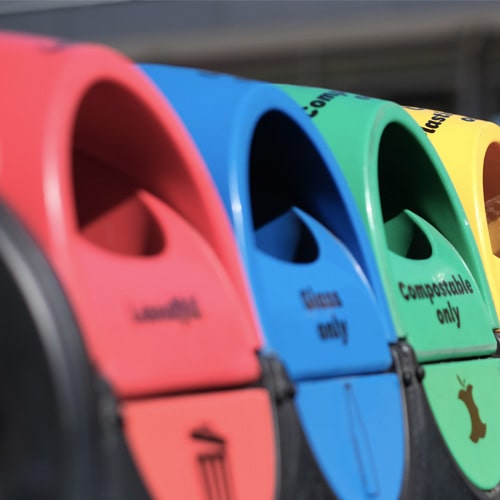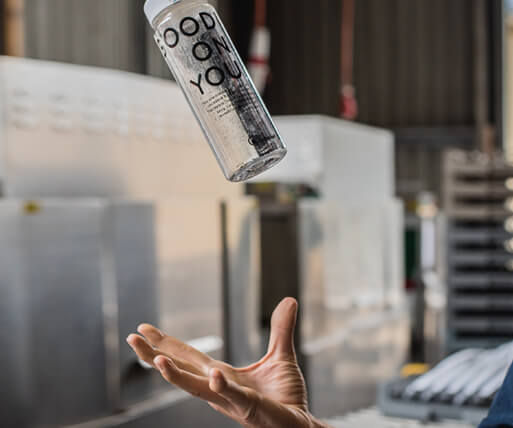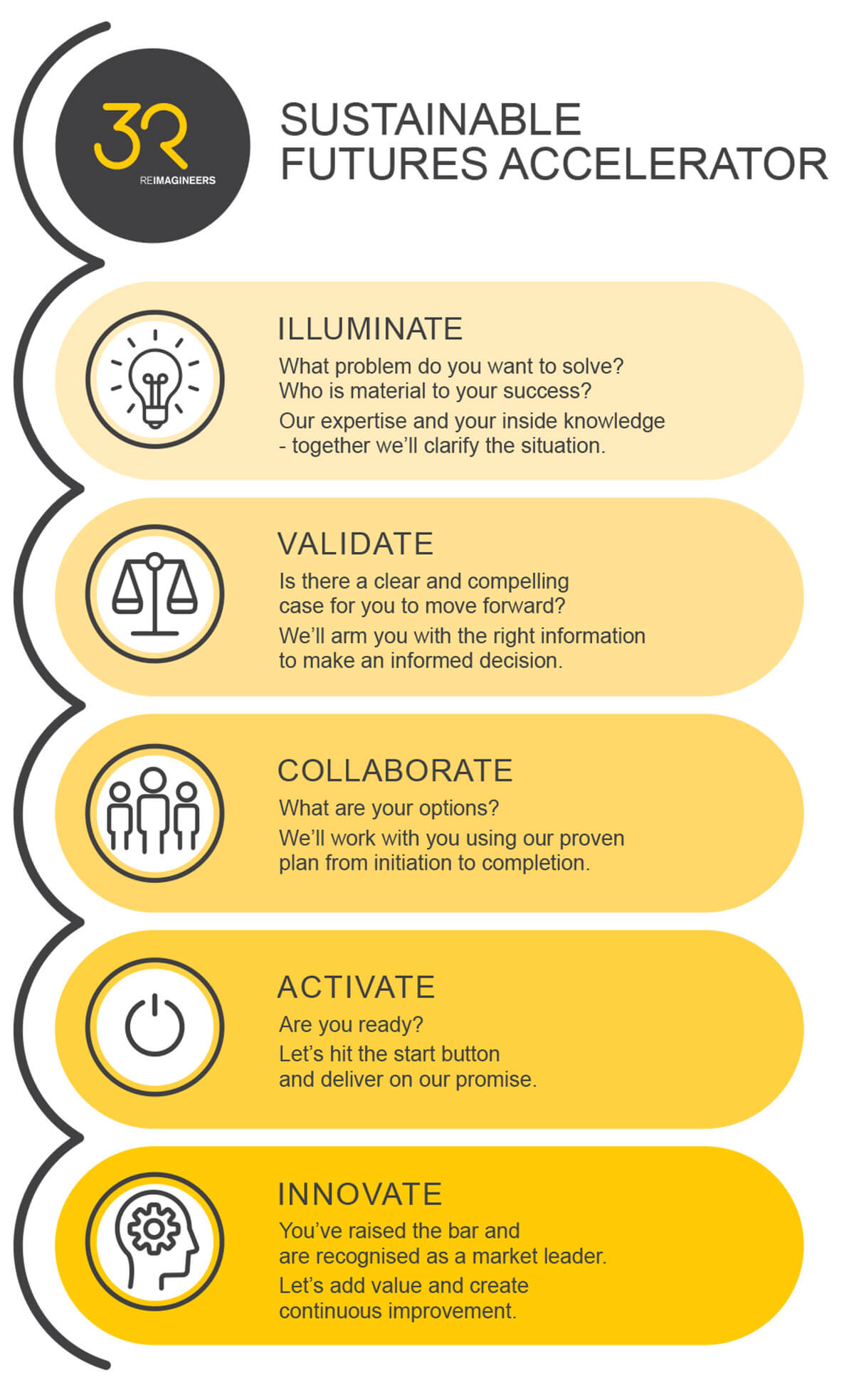Can we climb the sustainability ladder?
The seventh in a series written for NZ Food Technology.
By Natalie Martin, 3R Group Materials Innovation Manager
We all know the well-used mantra of ‘reduce, reuse, recycle’, where the three actions are often referred to as equal partners in our bid to reduce environmental harm.
However, while recycling is something of an ambulance at the bottom of the cliff, reduction and reuse are where the most sustainable outcomes are often created.
When it comes to packaging, especially food packaging, this can be challenging considering the role it plays in food safety and quality. The other major issue challenged by reduction and reuse is the convenience consumers expect.
Banning plastic bags showed it’s possible to give up some convenience but expecting shoppers to come armed with a trolley full of clean, empty containers might seem a stretch. The question is: How do you make reusable options feel convenient?
Unfortunately, I can’t give a one-size-fits-all answer. However, change needs to be incremental, it must be targeted at packaging which will have the biggest impact, and it must be critically assessed to avoid unintended consequences.
Collaboration is also essential as refillable containers need to be standardised to make the collection, transport and sterilising viable. In a supermarket setting this would mean a container could be taken back to any store in a large network.
A good example is the ABC Swappa Crate system which has been running for a century, keeping millions of glass beer bottles in use. The key to success here is a combination of low cost for consumers and collaboration to use standardised bottles which produce economies of scale. When packaging is a key differential for the brand this could be a challenge.
Despite the challenges, there is a growing trend towards reusable options for some products. Again Again, which developed a successful, and growing, reusable coffee cup sharing model is working to expand to other food and beverage markets like takeaways and beer. Again, collaboration is key.
There is without doubt an exciting opportunity to make significant changes to our current single-use model. Working together, companies can make refillable and returnable options more commonplace and satisfy consumers’ demand for greater sustainability.







